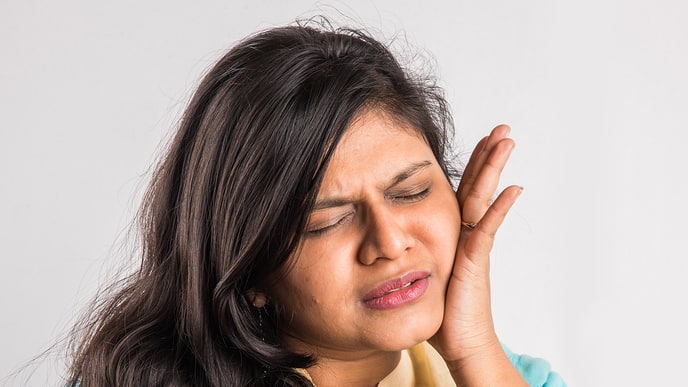Types of Electric Flossers
There are two main types of electric flossers currently in the market: water flossers and air flossers. The distinction between the two can be a bit confusing, as air flossers also use water to clean between the teeth and around the gumline. The amount of water used by an air flosser is considerably less than the amount of water used by a water flosser. A water flosser produces a stream of water, while an air flosser produces jets of air that contain tiny water droplets.
How Do Electric Flossers Work?
Typically, both air and water flossers have a flosser tip, which the stream passes through, and a reservoir that contains the water. The reservoir might be built into the handle of the flosser or be a separate tank that connects to the flosser.Flossers use a motor or pump to push the air or water up from the reservoir and through the flosser tip. Some flossers are battery-powered and only need to be plugged in to recharge, while others need to be plugged into an outlet during use. Battery-powered flossers with built-in reservoirs are typically more portable than plug-in flossers with separate water tanks.Electric flossers work by directing a stream of air and water or just water into the spaces between the teeth. The pressure of the stream helps loosen and rinse away little pieces of food, debris and plaque from between the teeth.
Are Electric Flossers as Effective as Traditional Floss?
Several small studies that have compared water flossers to traditional floss have landed in favour of using water flossers. They note that the efficiency of powered or manual toothbrushes in reducing plaque is further enhanced with the use of dental floss along with the toothbrushes. A review published in the Journal of Clinical Periodontology noted that individuals who used oral irrigators (another name for water flossers) had less gum bleeding than those who used string floss.
Who Benefits From Electric Flossers?
Manoeuvring string floss around the teeth and other dental devices can be particularly challenging for people with braces, arthritis or dental bridges. The ADA states that electric flossers can be a suitable option for people with dental work or who have difficulty flossing by hand. No matter which method you choose, flossing is an important part of your daily oral health routine. If you have trouble flossing or don't currently floss, an electric device could provide an ideal solution. If you're interested in making the switch from string floss to an electric flosser, it's a good idea to speak with your dentist or dental hygienist first. They can explain how to use the flosser for the best results and offer guidance to help you choose the one that suits your needs.
This article is intended to promote understanding of and knowledge about general oral health topics. It is not intended to be a substitute for professional advice, diagnosis or treatment. Always seek the advice of your dentist or other qualified healthcare provider with any questions you may have regarding a medical condition or treatment.
ORAL HEALTH QUIZ
What's behind your smile?
Take our Oral Health assessment to get the most from your oral care routine
ORAL HEALTH QUIZ
What's behind your smile?
Take our Oral Health assessment to get the most from your oral care routine













